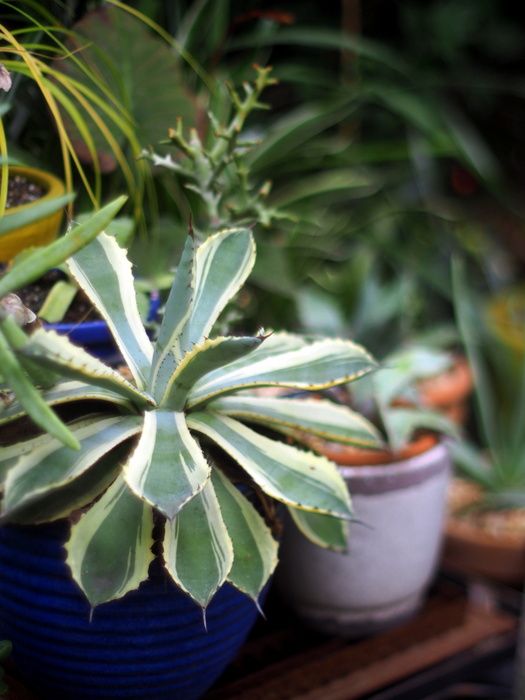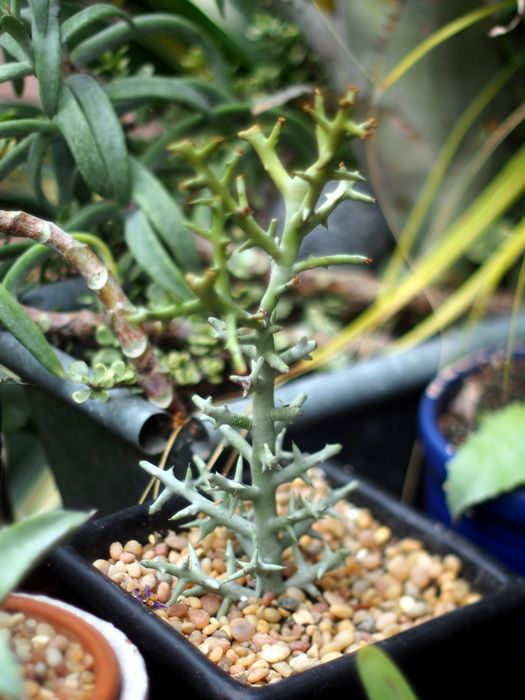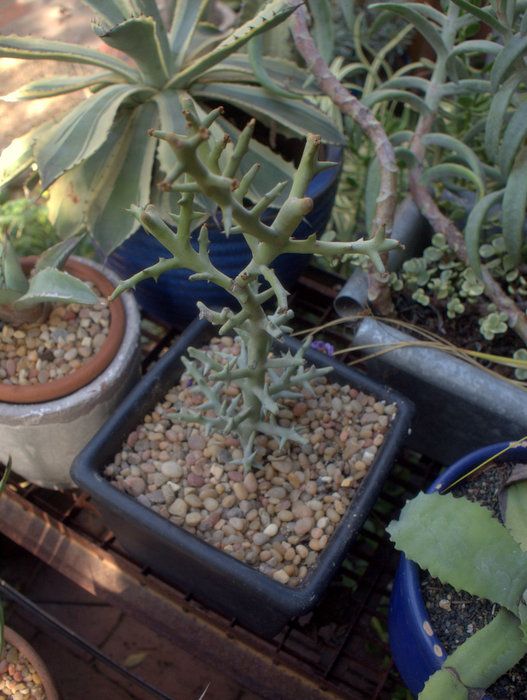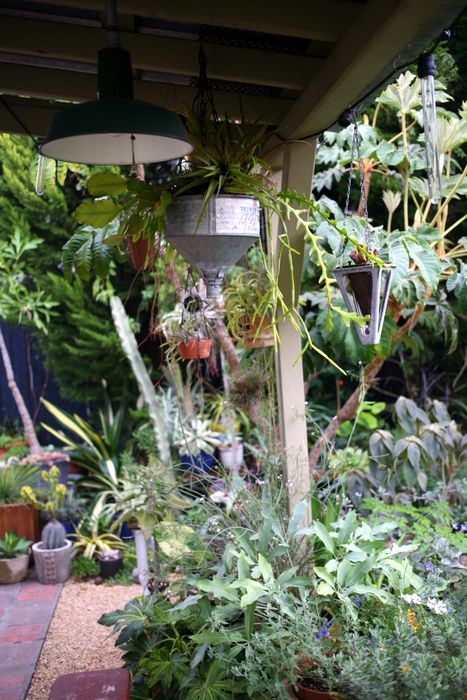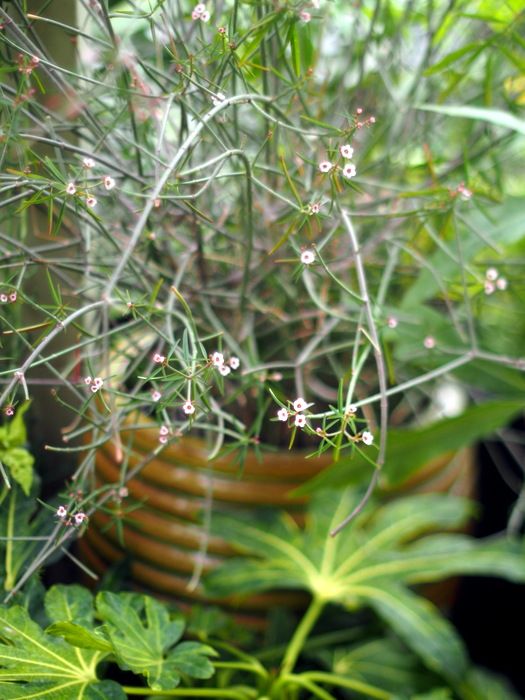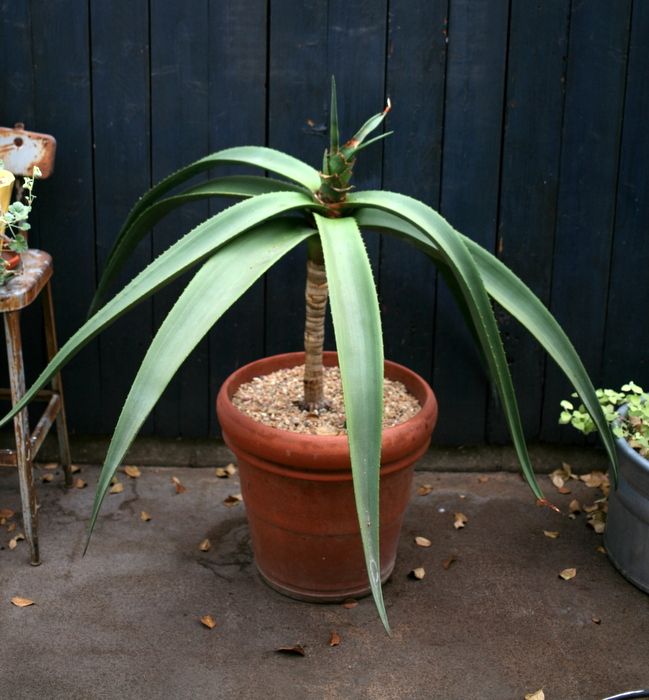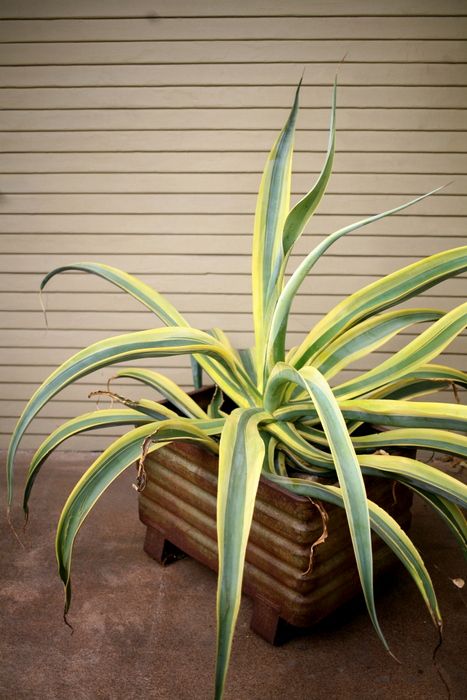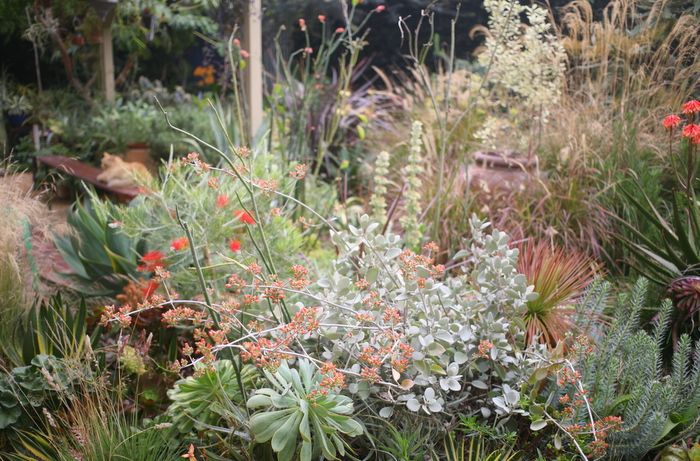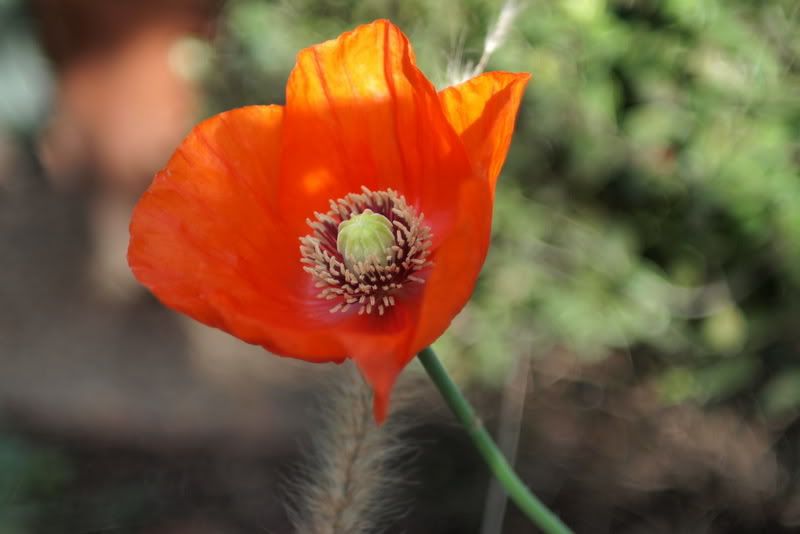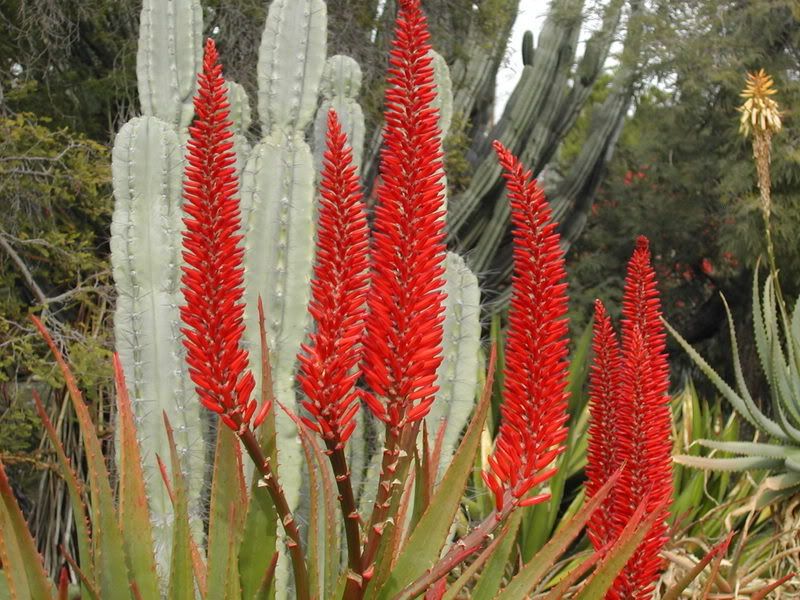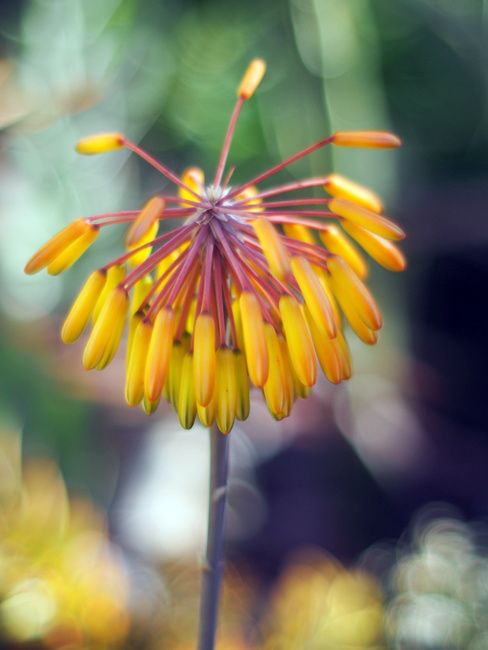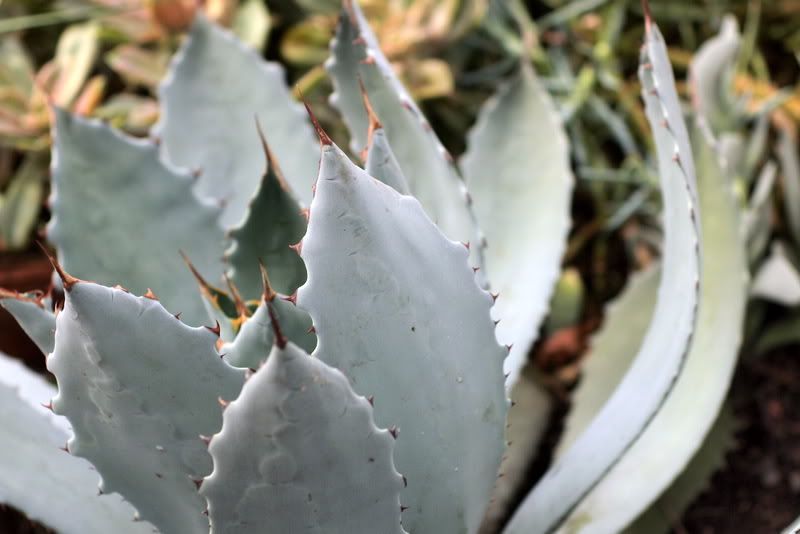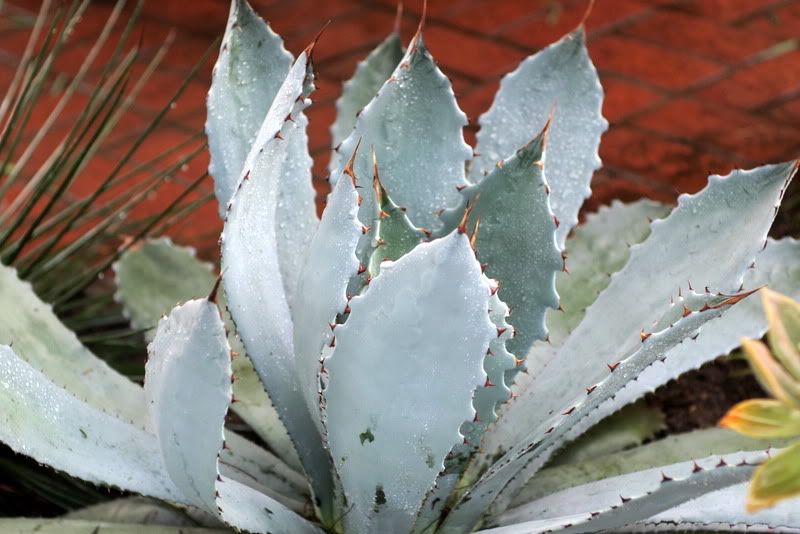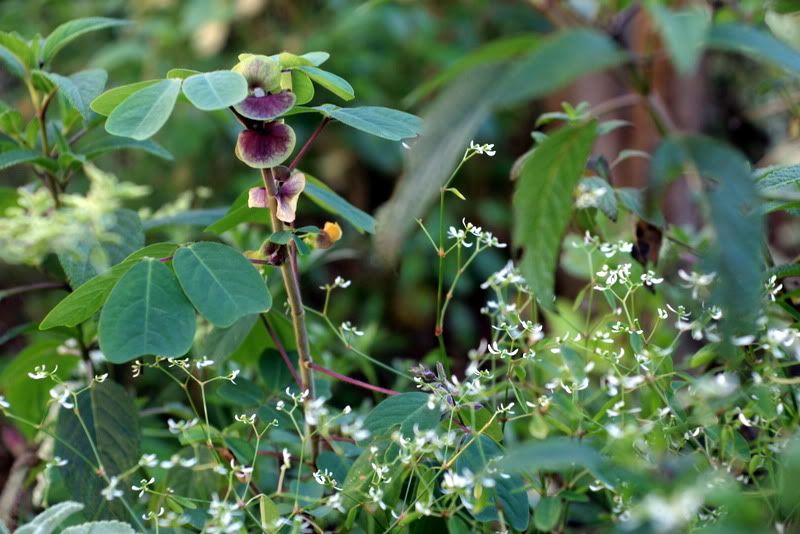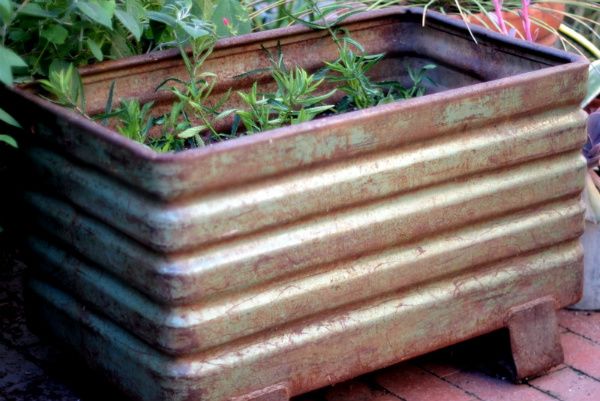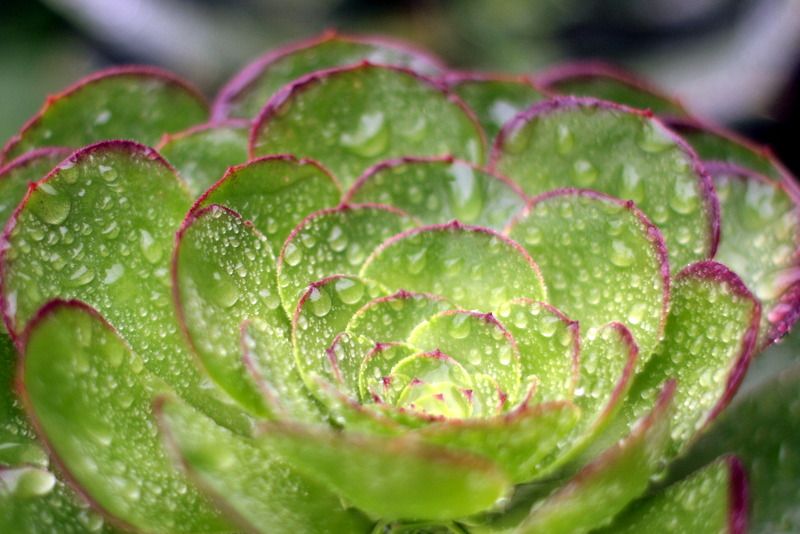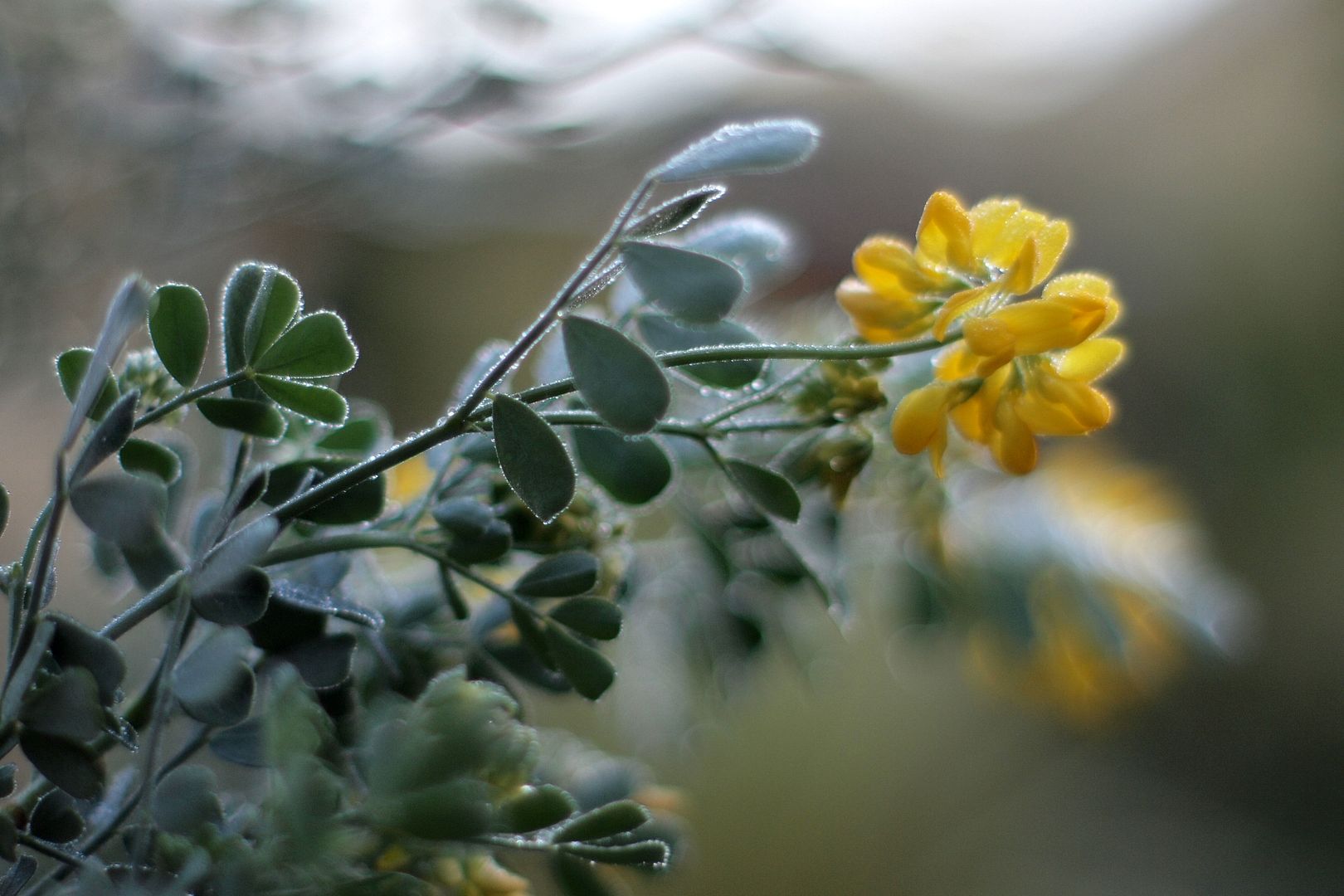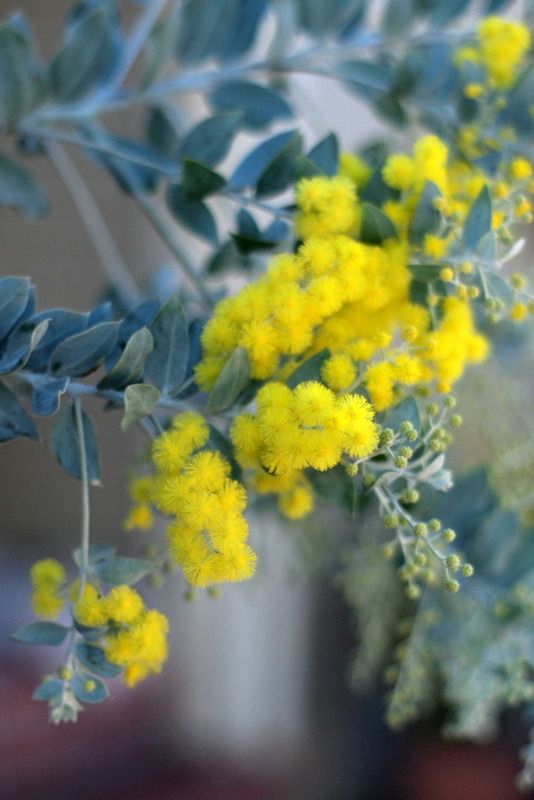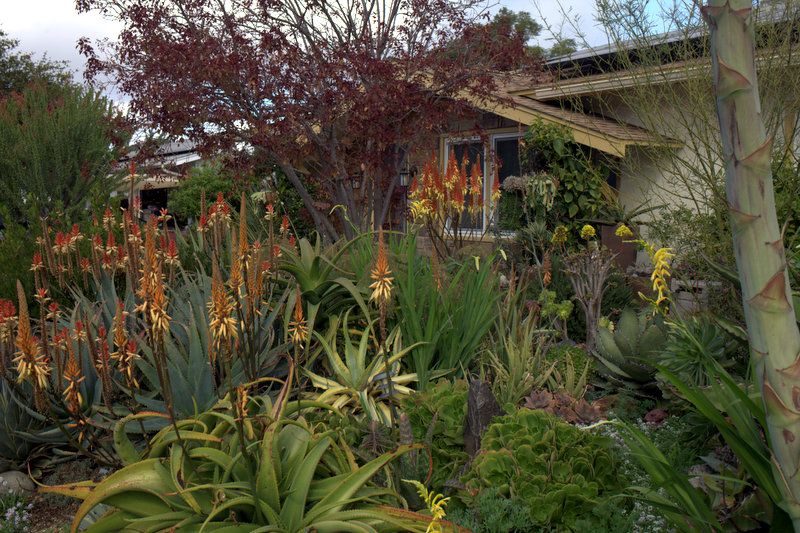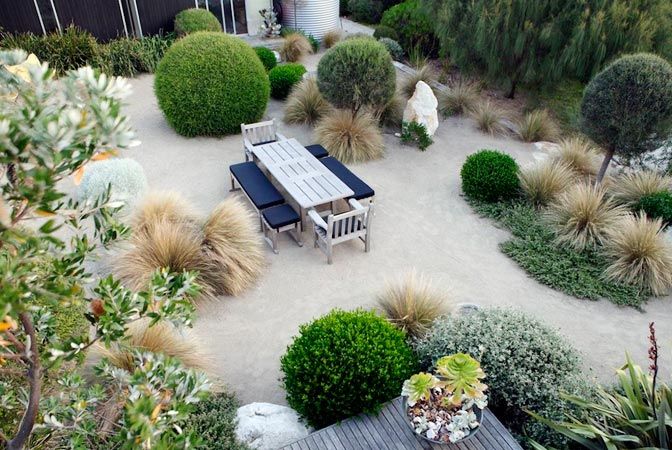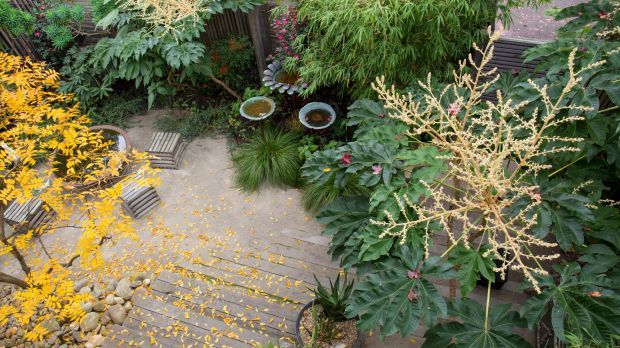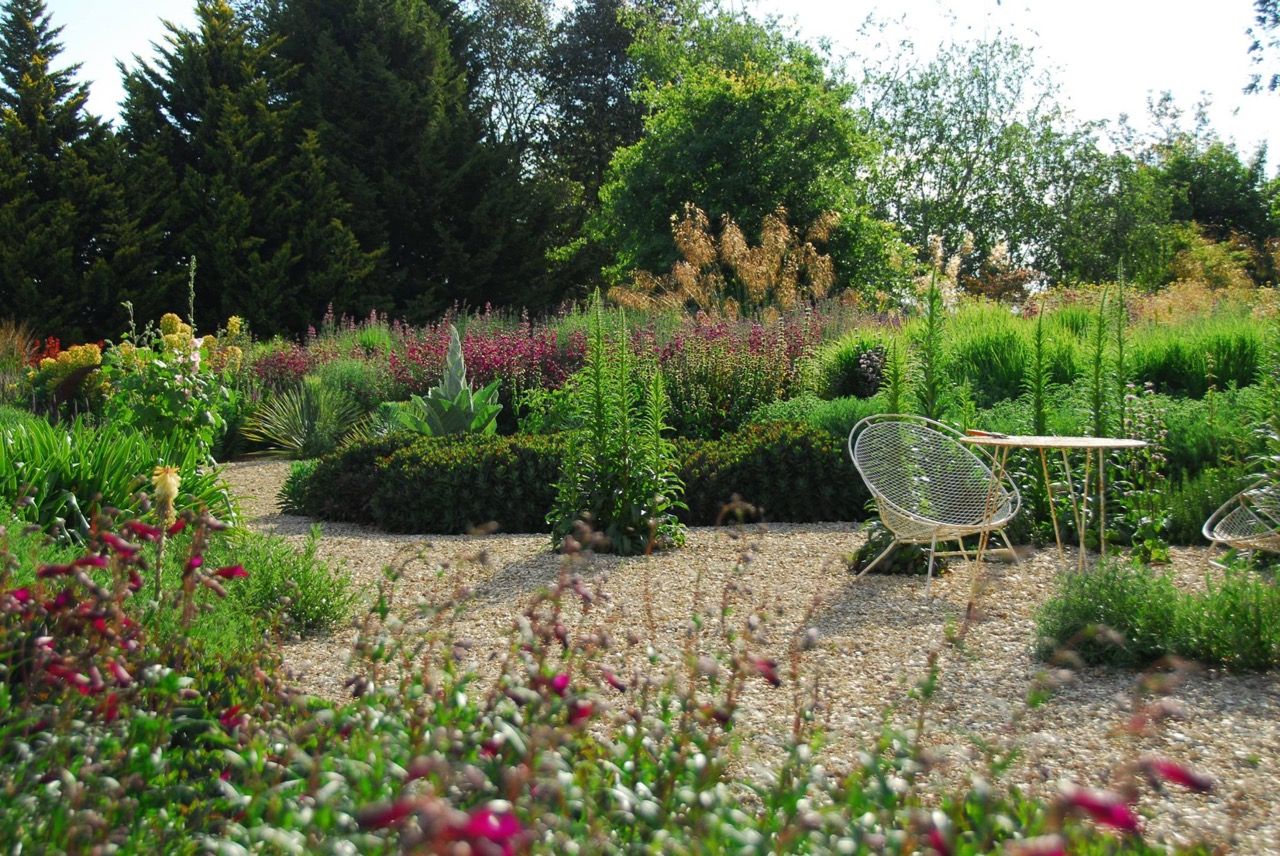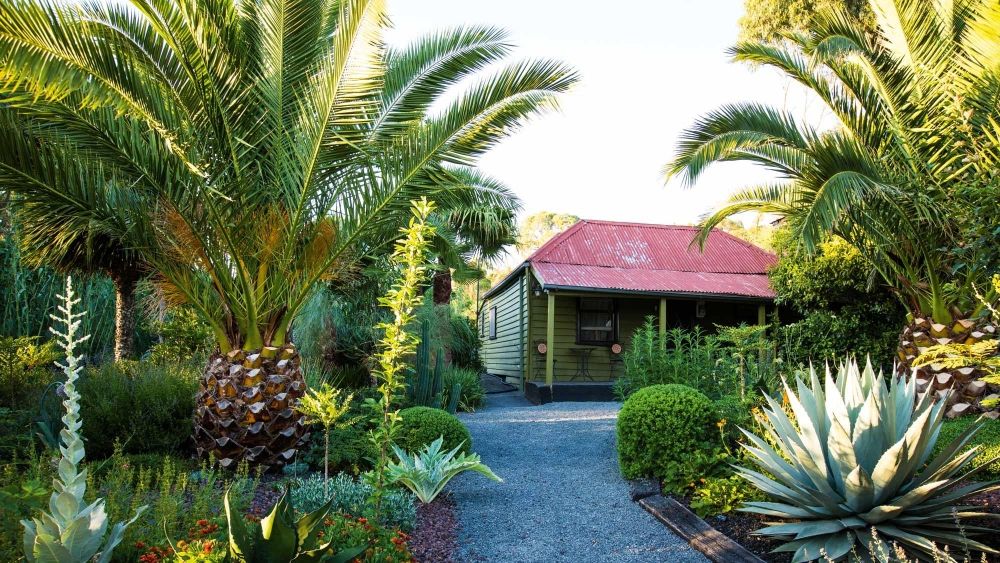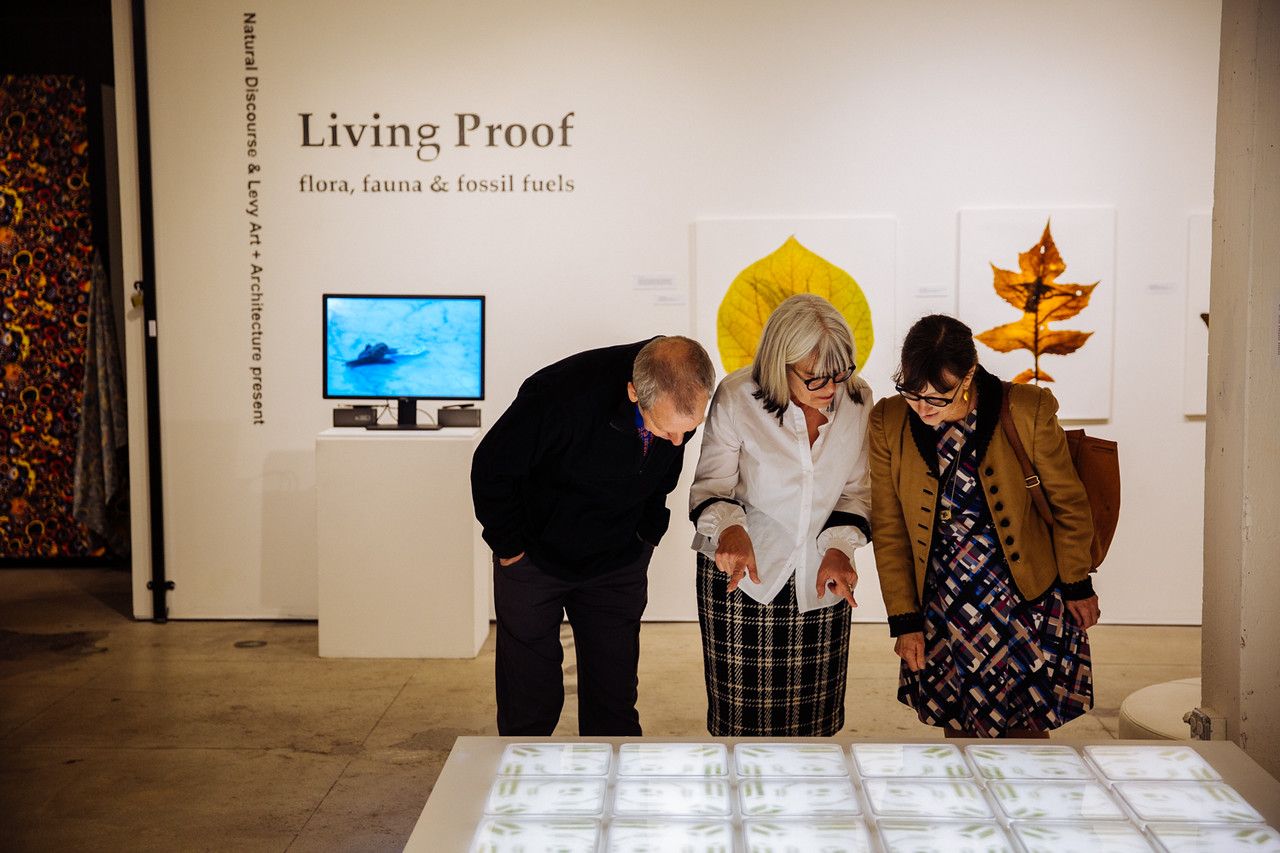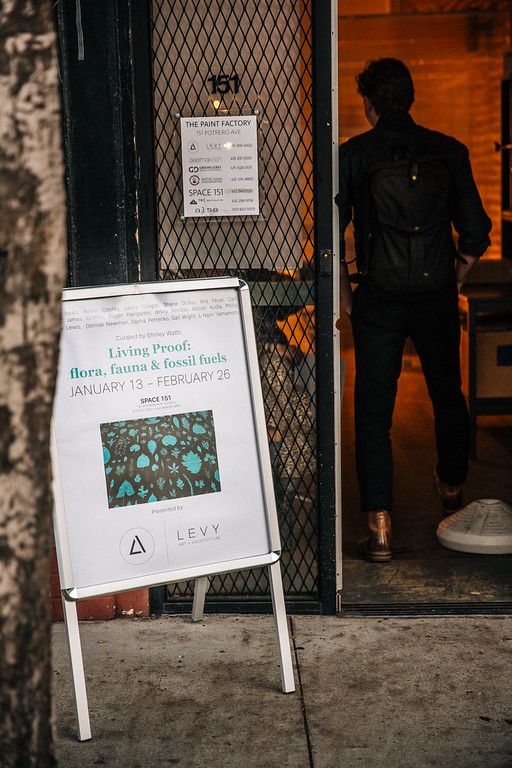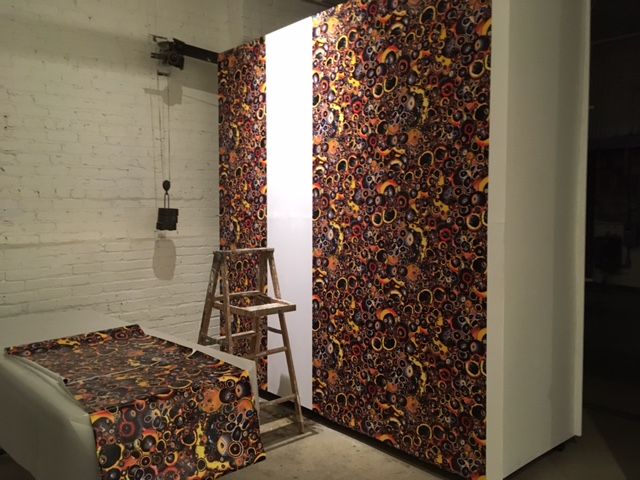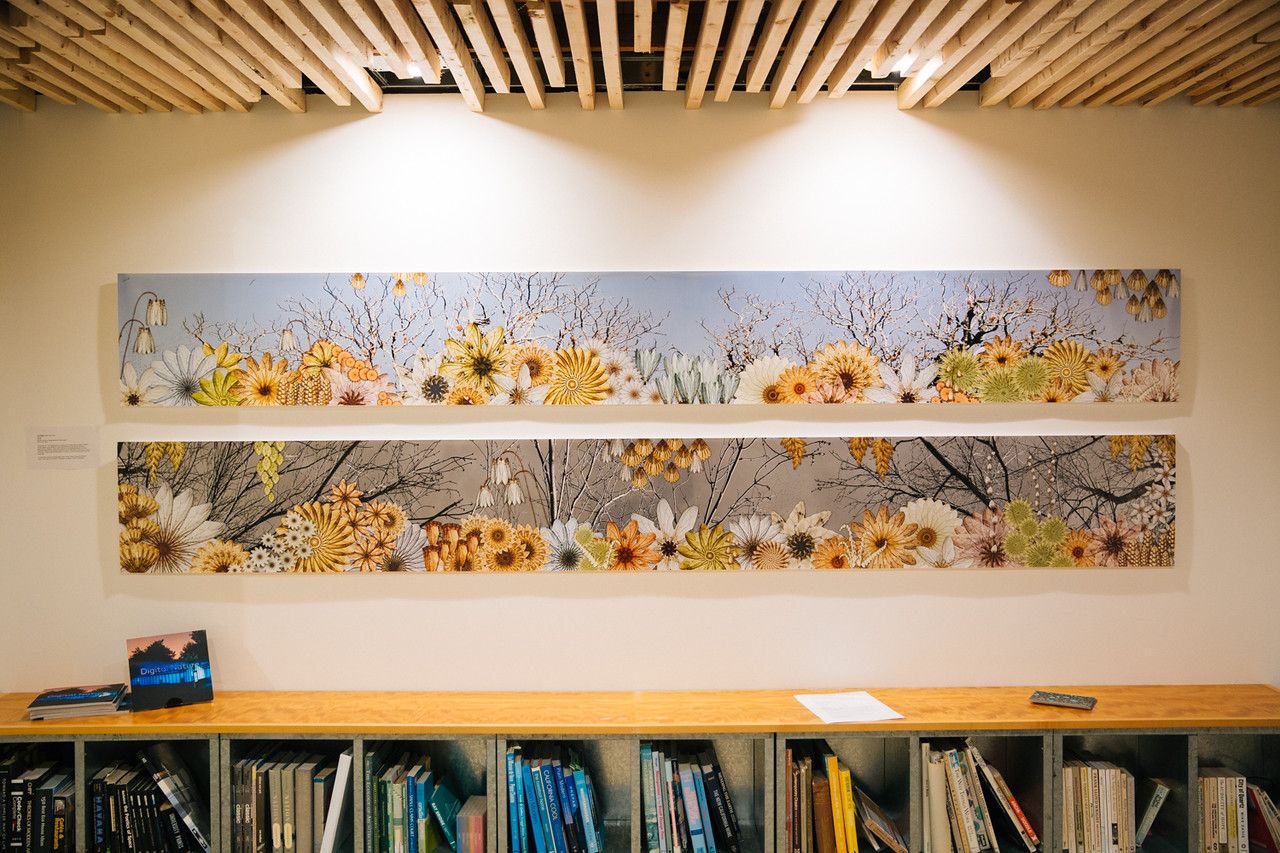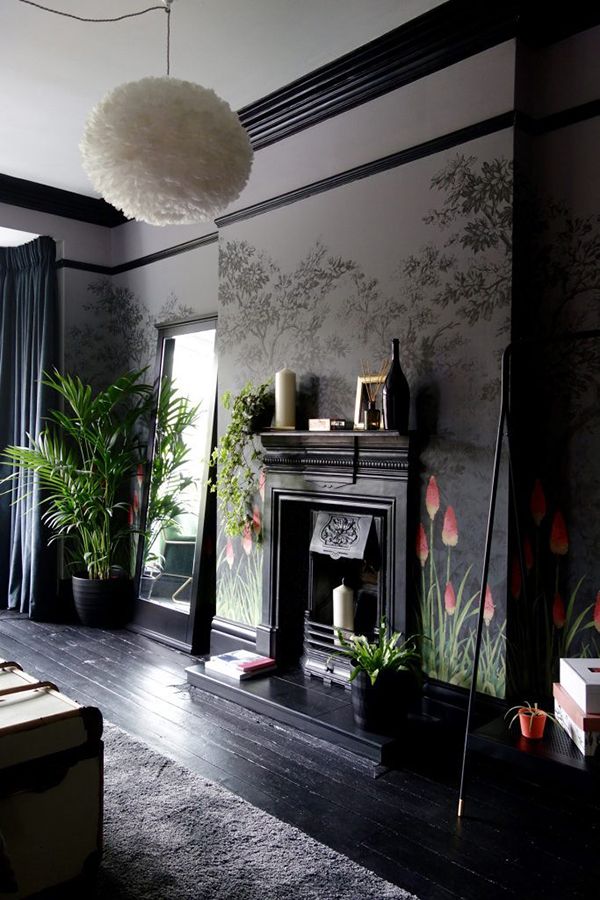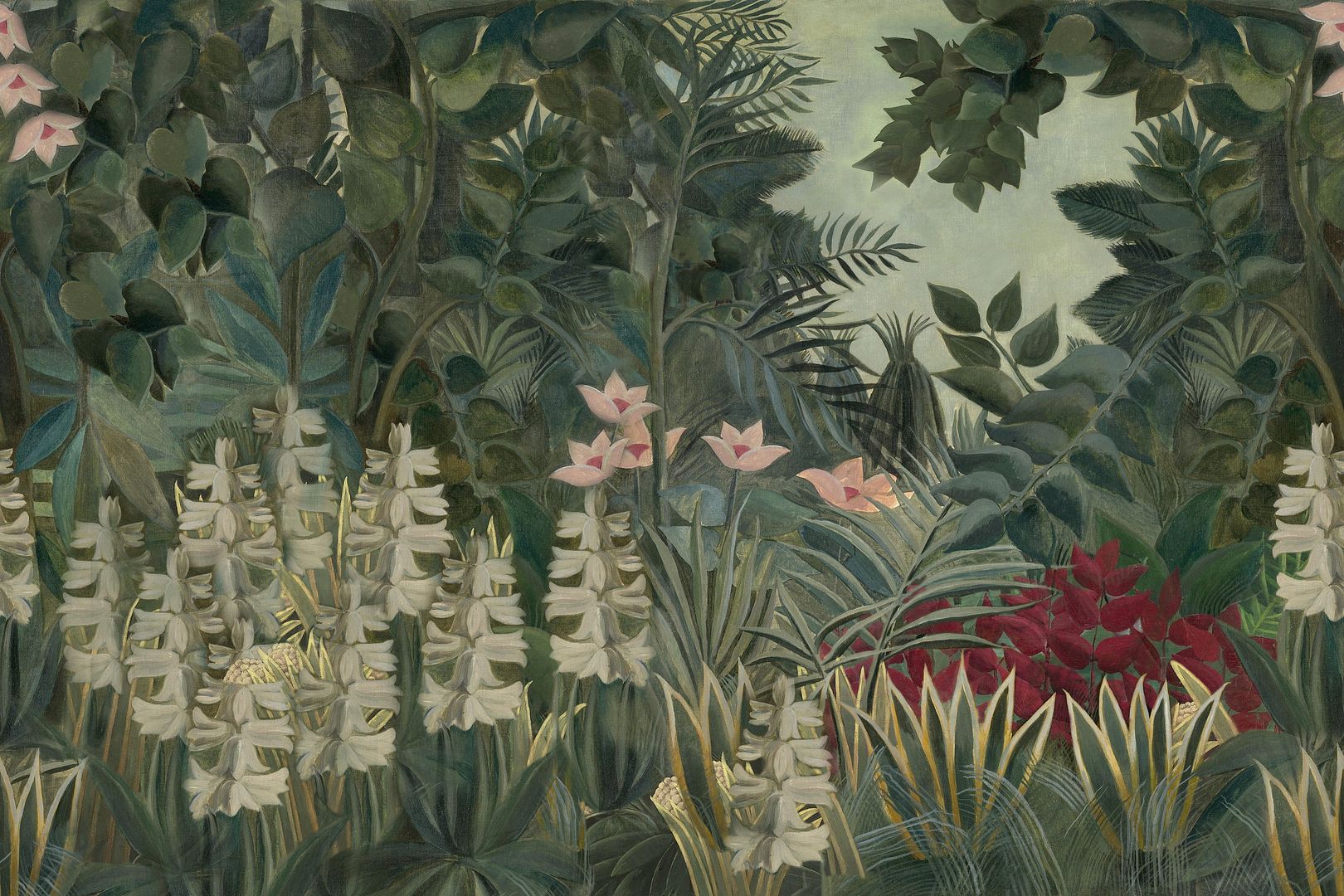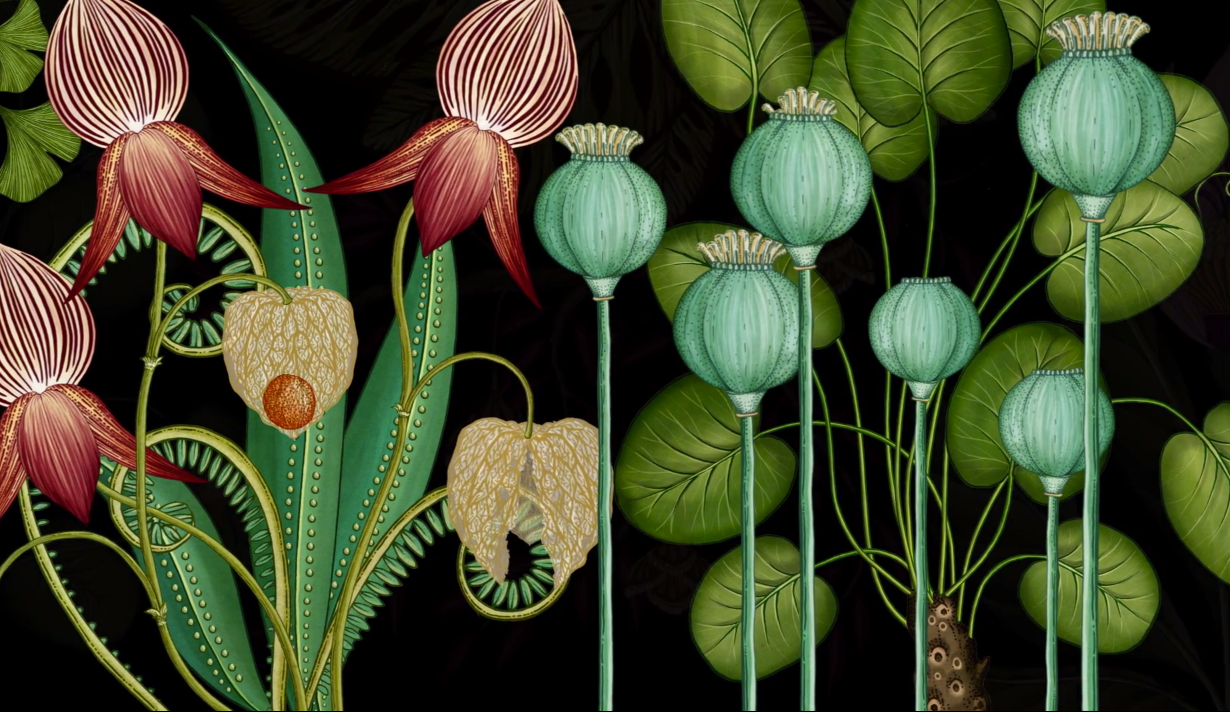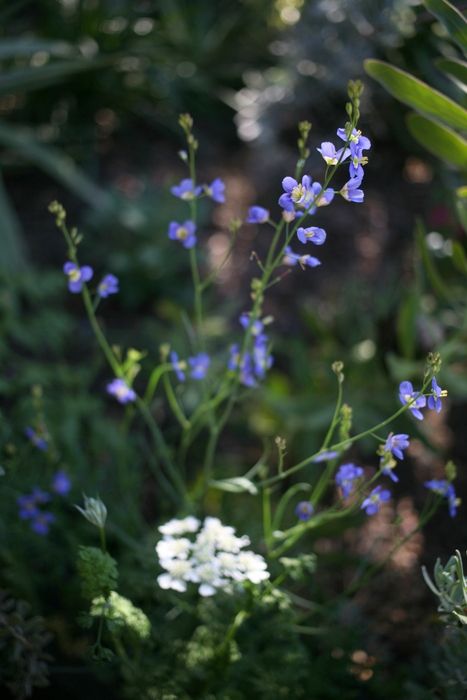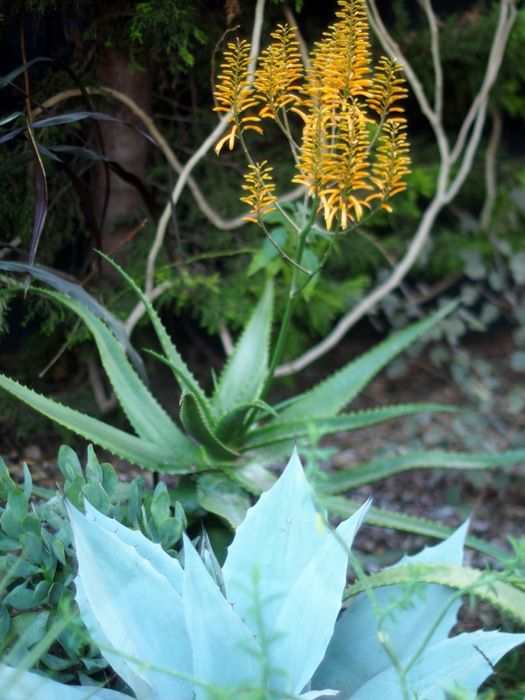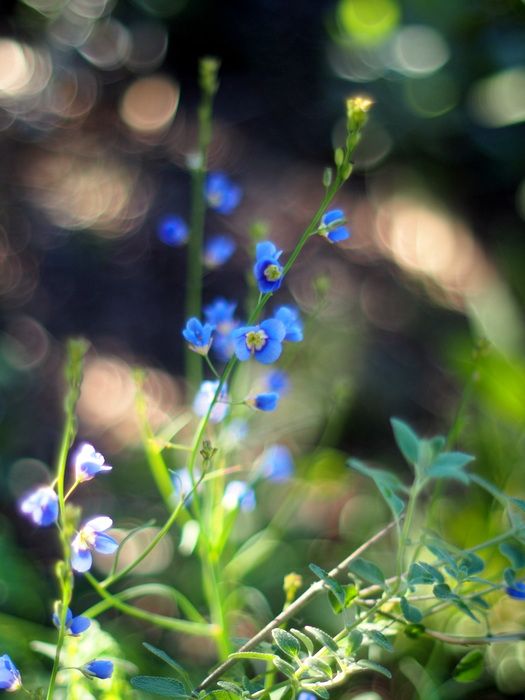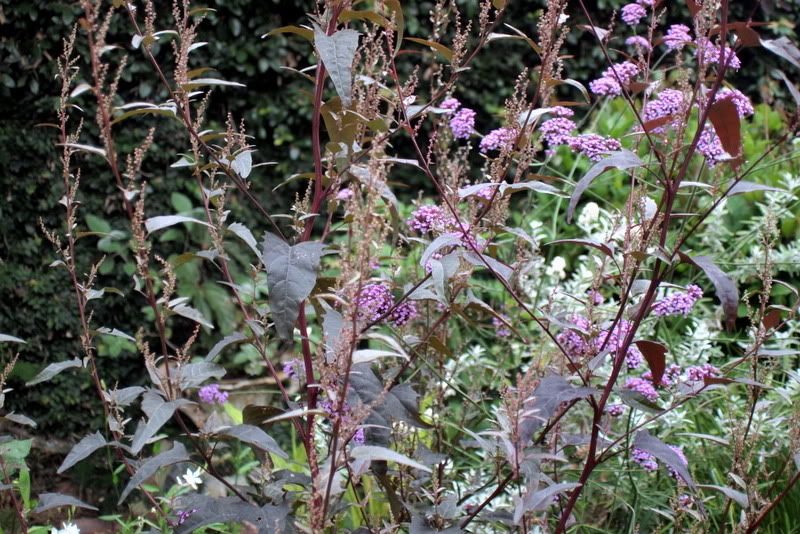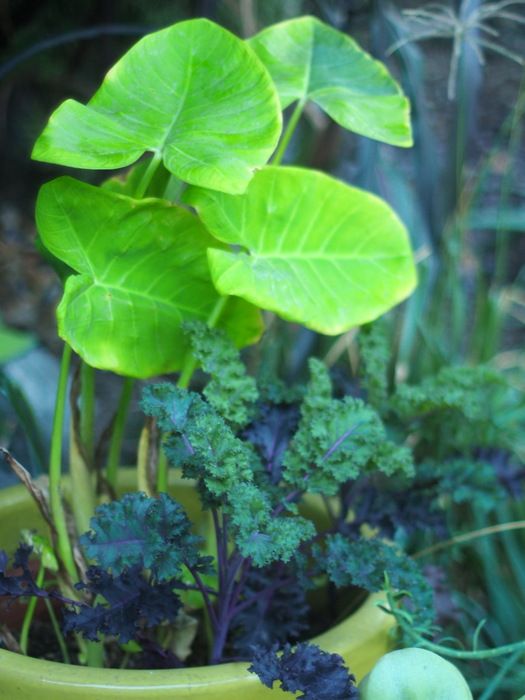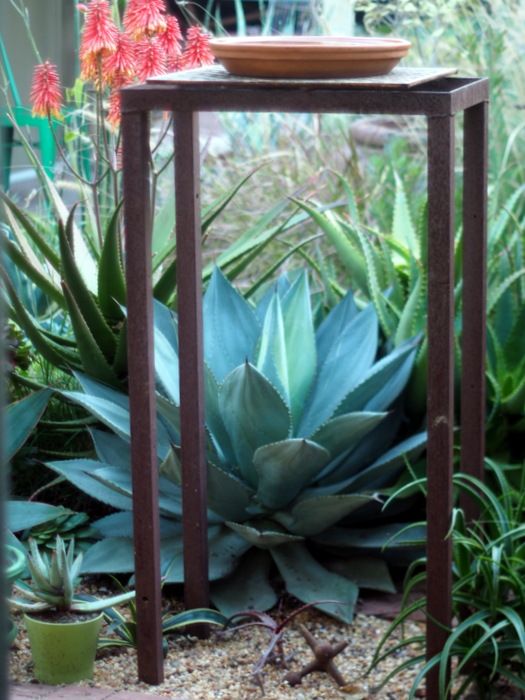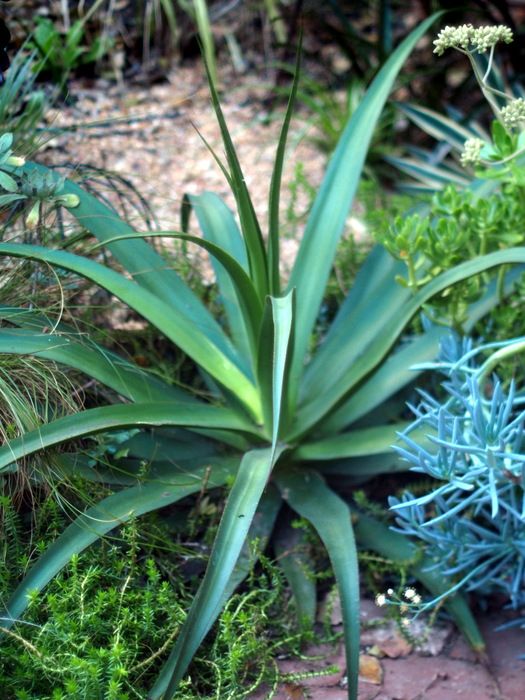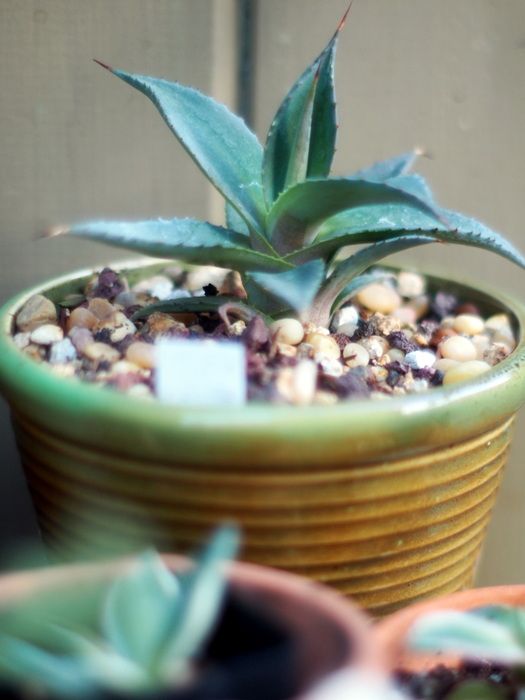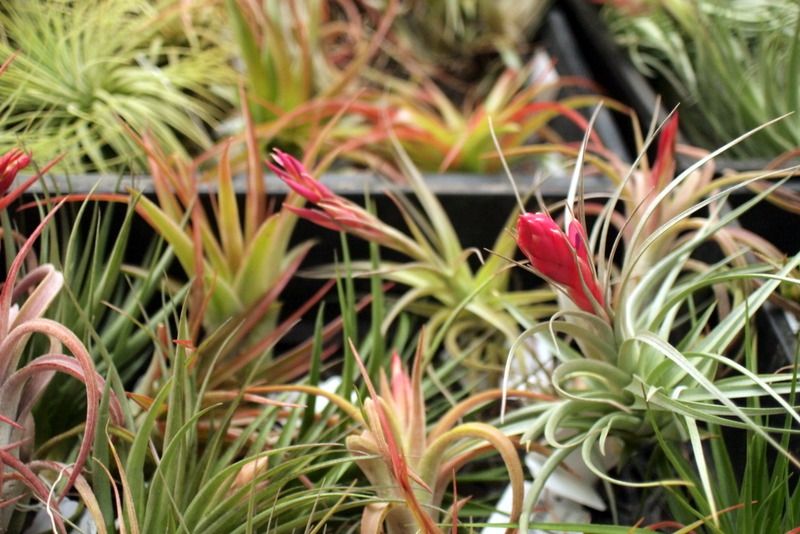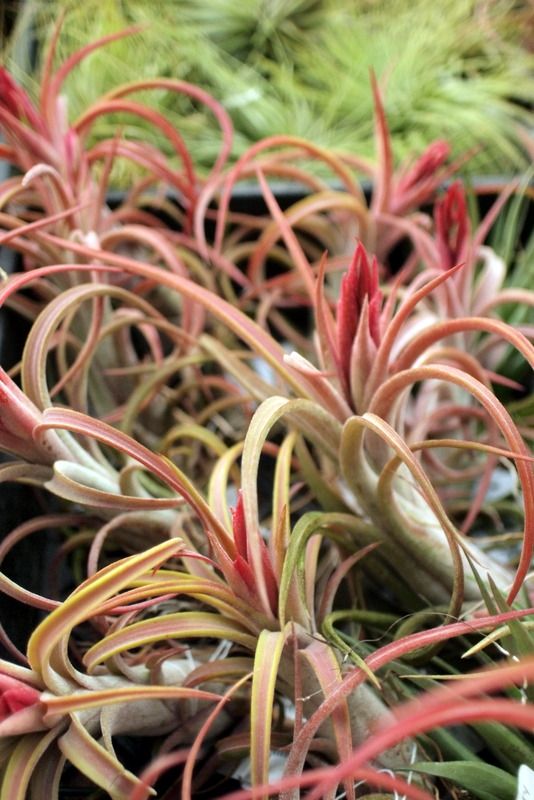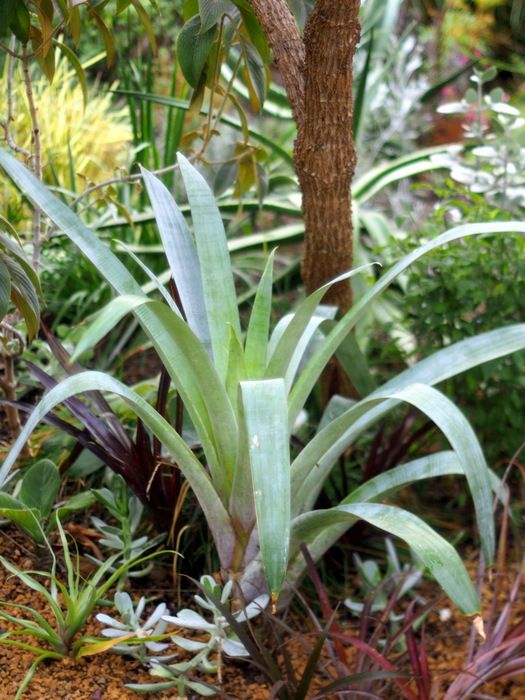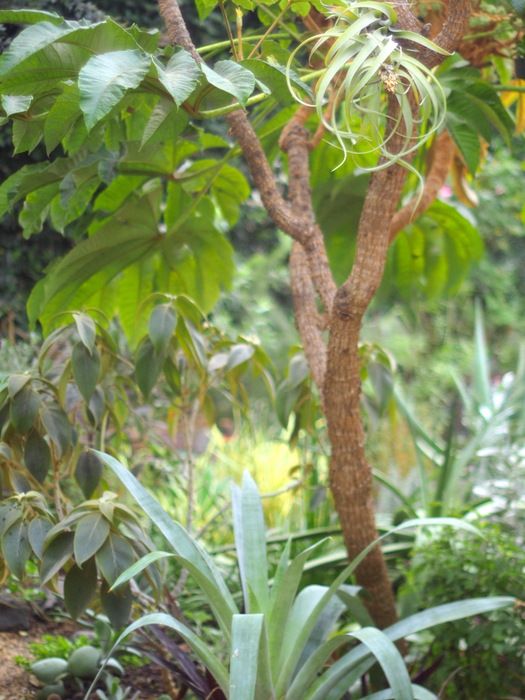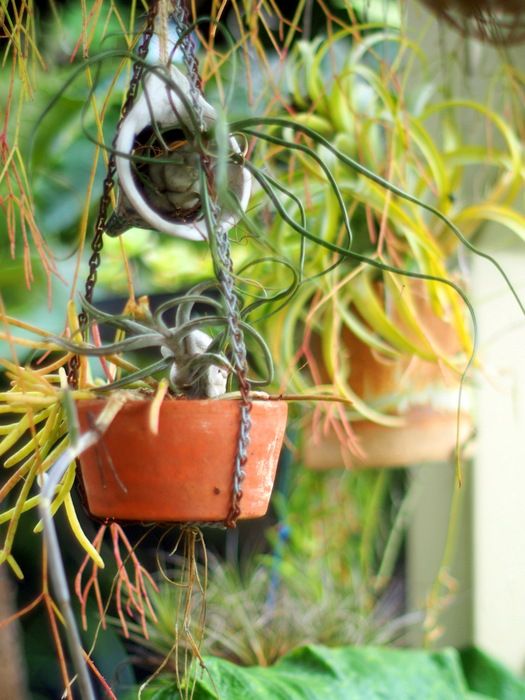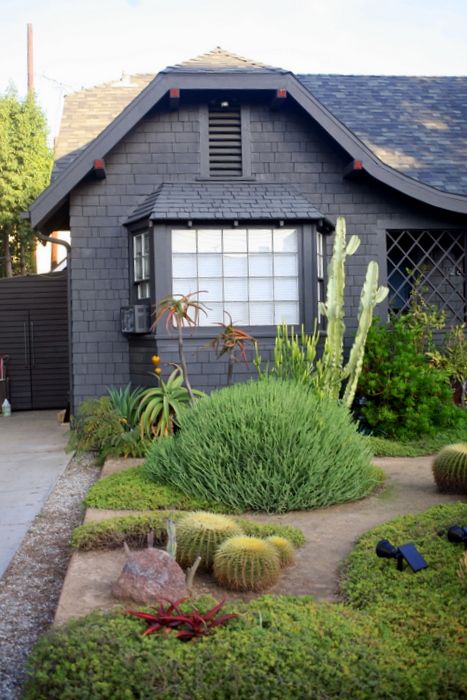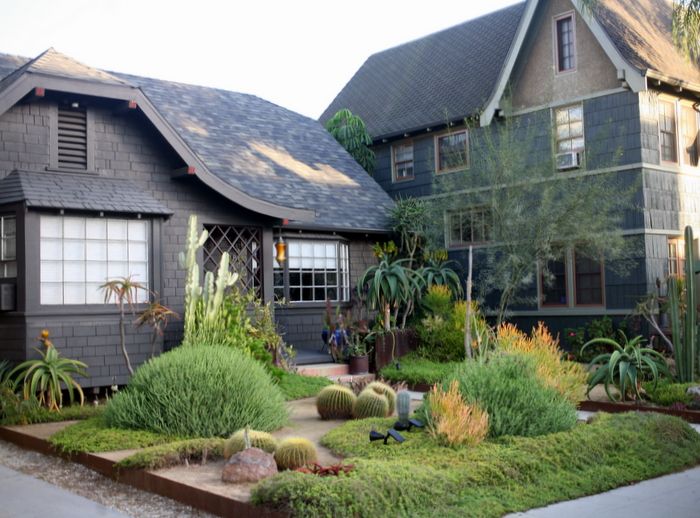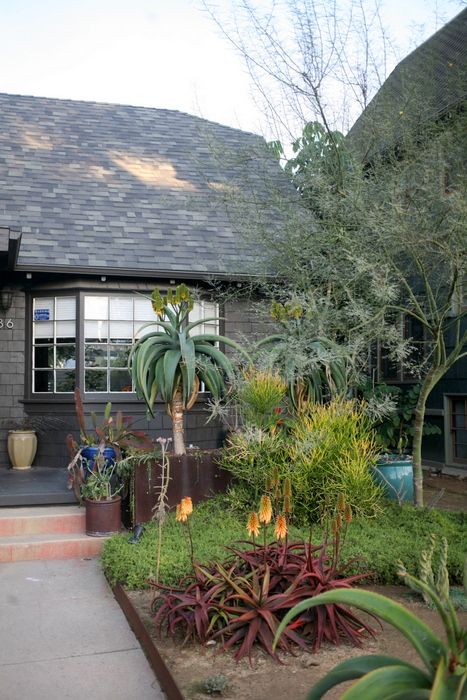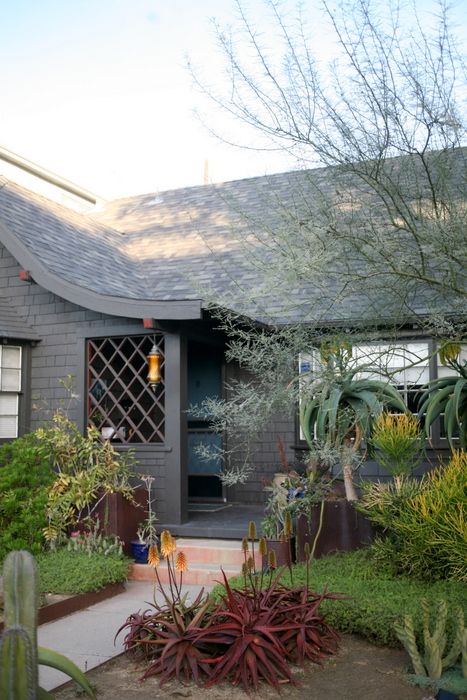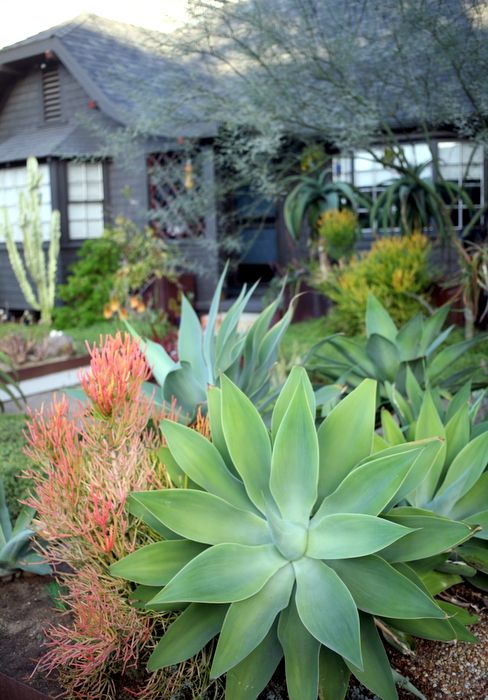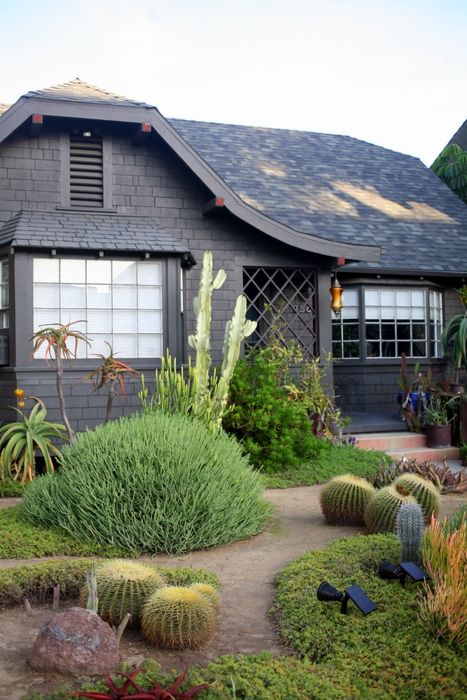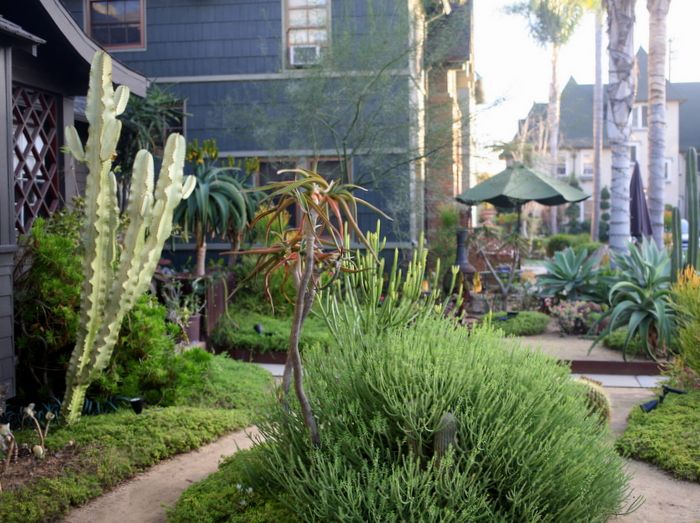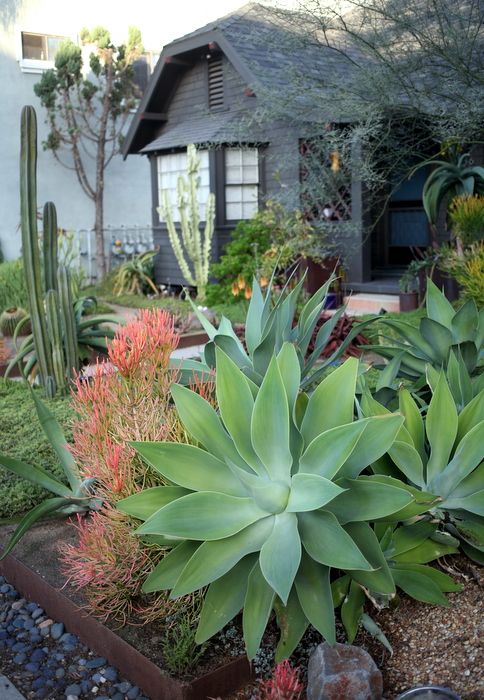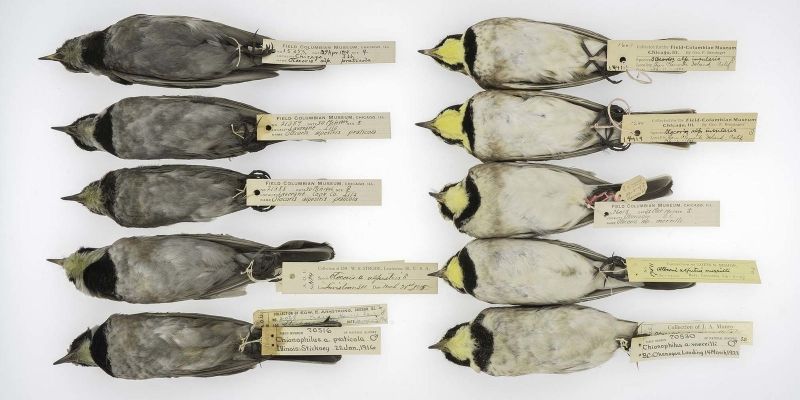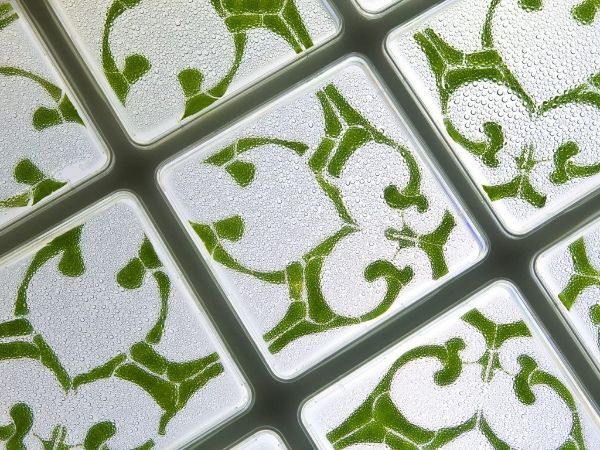“Jones, the son of a master butcher, was born in 1866 and trained as a gardener from an
early age. At the age of 27, he began working at Ote Hall in West Sussex tending the
estate’s fruit trees and large walled-in vegetable garden. For the next ten years he
mastered gardening while also experimenting with photography. Within a very short
period of time he was producing exceptionally beautiful gold-toned gelatin silver prints
with large format glass negatives. His photographic achievements seemed to have
remained in obscurity but his gardening achievements were acclaimed in the September
1905 issue of The Gardeners’ Chronicle, which noted that Jones was “quite an enthusiastic fruit grower and his delight in his well-trained fruit trees was readily apparent.” — Howard Greenberg Gallery
Under Galleries and Museums, Page 53 of The New York Review of Books 1/18/18 edition, bottom left-hand corner, in an entry for The Drawing Room gallery, is a small photograph of a cluster of plump, beautifully grown green beans, perfectly centered, leaves still attached at the top, pods dangling to the bottom of the frame, which the tips just graze, the still life entitled “Bean (Dwarf) Sutton’s Masterpiece, c. 1900, 6 X 4 1/4 inches.”
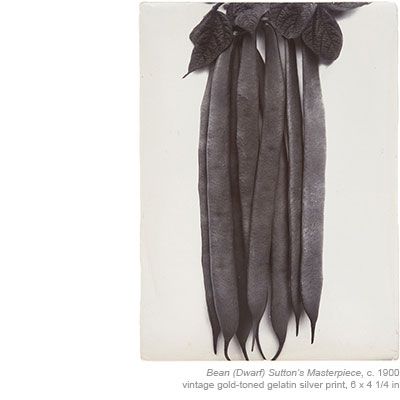
The caption accompanying the photo explains: “Charles Jones (1866-1959) was an English gardener whose sensitively composed photographs of vegetables, fruits and flowers have been widely championed since their discovery in London in 1981.”
That small, formal portrait of green beans completely derailed me from finishing whatever article I was reading at the time. I was immediately intrigued by this gardener/photographer whose work reminded me of the simple gravity of Irving Penn’s, and I assumed a few clicks would sate my curiosity. Not so. It turns out photographic prodigy Charles Jones remains something of an enigma, and I happen to love tales of enigmatic prodigies. (As a teenager, it was Rimbaud’s renunciation of poetry before he was 18 that had me all fired up.) Here’s what little I was able to discover about Charles Jones.
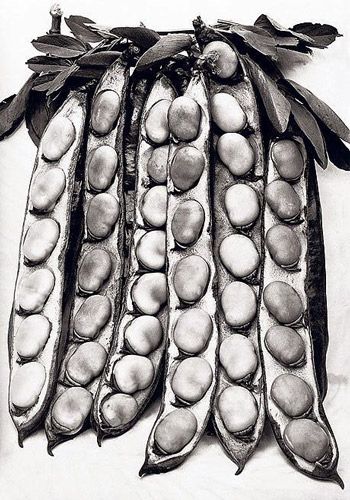
It turns out prowling flea markets is not always as fruitless as it often seems to be for me. Photographic collector Sean Sexton, for example, unearthed what may be the botanical equivalent to the discovery of the street photography of Vivian Maier, another outsider whose work remained unacknowledged during her lifetime.
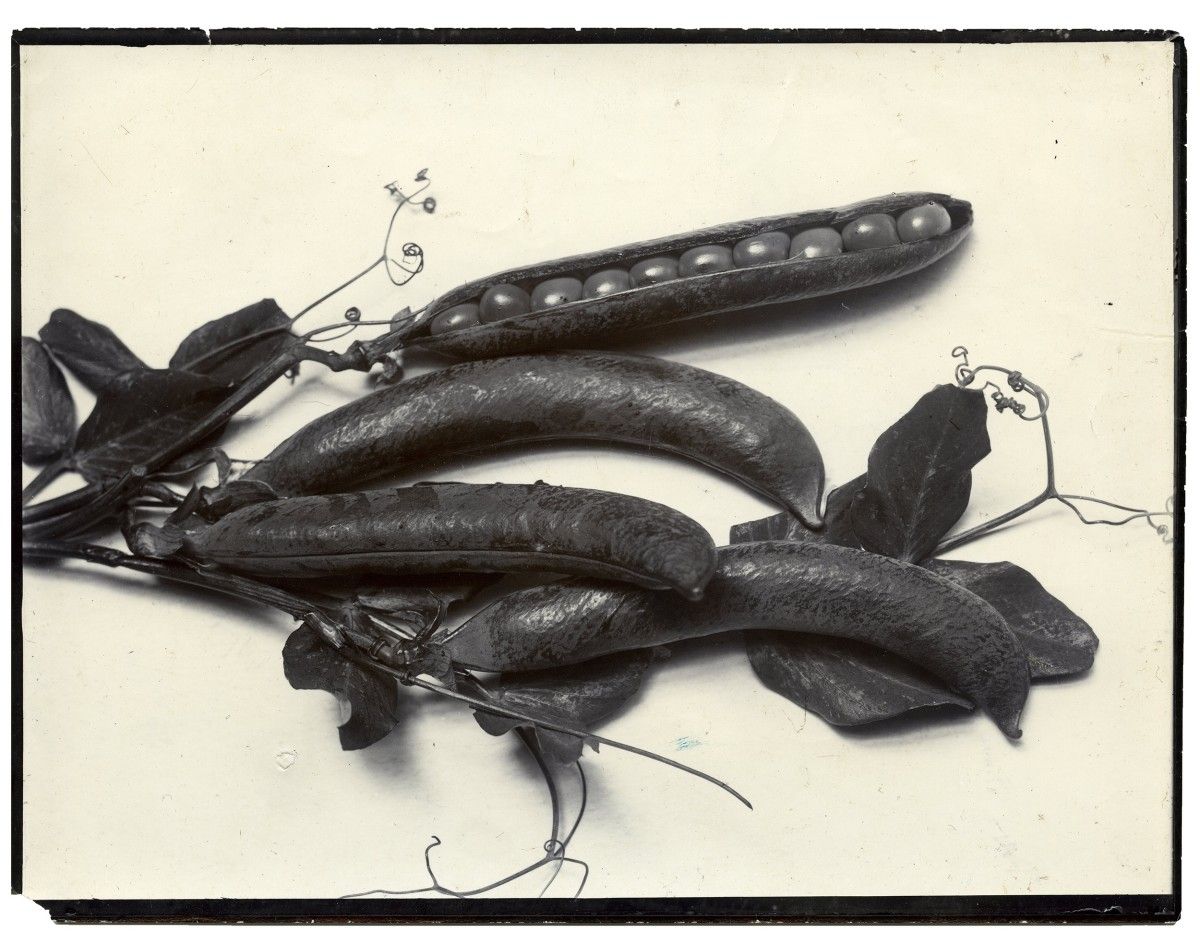
“
Sean Sexton was trolling the Bermondsey antique market in London in 1981 when, as with so many tales of similar discovery, he found and bought a battered trunk. Inside were hundreds of contact photographic prints, many annotated, dated and signed. About a third of them were simple still-life arrangements of flowers and fruit, and the rest were vegetables, sometimes small groupings, but more often close-ups of a single plant. Most of the prints were unique; they were of several sizes, 3×5, 5×7 and 8×10. They had been lovingly printed but not sleeved or matted, so they had suffered surface abrasions, nicks and dings. Still, to hold them in your hands, as I did recently, is a unique sensual experience.” —
Charles Jones and His Plant Kingdoms
It wasn’t until Jones’ granddaughter saw the photographs on the BBC and recognized it as the work of her grandfather that proper attribution was given to professional gardener Charles Jones, who she remembered using the glass-plate negatives as makeshift cloches in the garden. None of the original negatives survive, just the prints.
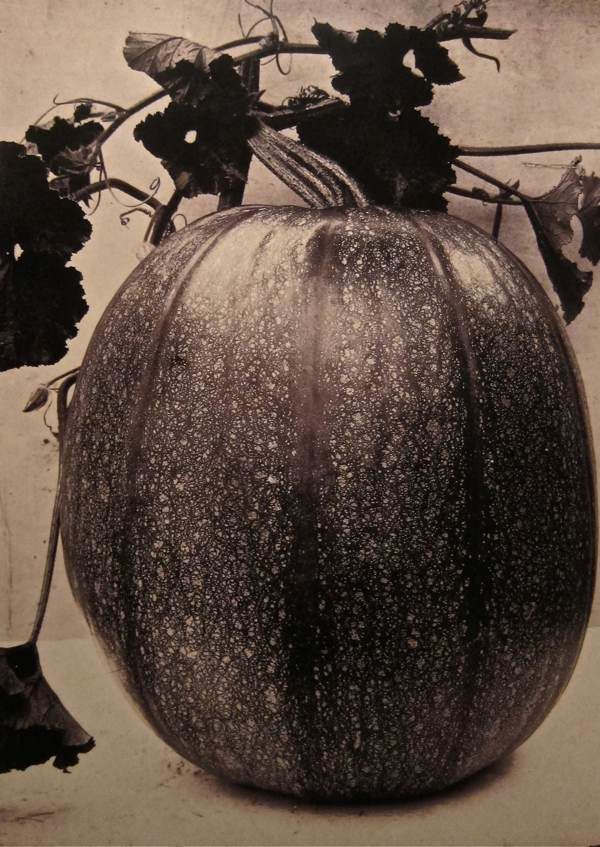
Photography can’t have been an easy art to learn and practice in the years 1894 to 1910, having just recently become a practical pursuit around 1840. Cumbersome equipment, daunting chemistry, darkroom techniques — how did a young estate gardener 1) learn the ropes, 2) afford the equipment, and 3) find the leisure time to learn his craft? Questions, questions. Of course I had to burrow even deeper.
From The Gardener’s Chronicle of 20th September 1905, on Oat Hall gardener Charles Jones:
“The present gardener, Charles Jones, has had a large share in the modelling of the gardens as they now appear, for on all sides can be seen evidence of his work in the making of flowerbeds and borders and in the planting of fruit trees. Mr Jones is quite an enthusiastic fruit grower and his delight in his well-trained trees was readily apparent…. The lack of extensive glasshouses is no deterrent to Mr Jones in producing supplies of choice fruit and flowers… By the help of wind screens, he has converted warm nooks into suitable places for the growing of tender subjects and with the aid of a few unheated frames produces a goodly supply. Thus is the resourcefulness of the ingenious gardener who has not an unlimited supply of the best appurtenances seen.” — via American Cinematographer
Was a trained, 27-year-old estate gardener, even one noted in a horticultural periodical of the time, making bank sufficient to support a time-intensive side gig? I did find this reference to an estate gardener’s salary at the time, which of course doesn’t speak specifically to Charles Jones’ situation at Ote Hall:
“However, gardeners, even head gardeners, in many cases worked in isolation which meant they did not form or become part of a professional body which restricted entry to the qualified. In other professions such as architects, doctors and lawyers, these
organisations were designed to consolidate the reputation of their members and guarantee ‘an appropriate remuneration for their work.’ Without this protection, gardeners were frequently poorly paid.” – “The Rise of the Professional Gardener in Nineteenth-Century Devon: A Social and Economic History,” by Rosemary Clare Greener
I theorized that perhaps the contemporaneous owner of Ote Hall, during the years Charles Jones was head gardener, 1894-1910, encouraged his photographic pursuits. However, Richard Temple Godman seems to have had his hands full as a professional soldier, dying in service in 1912. No help there.
But there is the suggestion from a couple English blogs that Mr. Jones may have tried to interest seed catalogues in his images. Professor Hedgehog’s Journal, while investigating whether any of the plant varieties Jones photographed still exist today, made an interesting discovery: “But while looking for the survivors from all these varieties, I came across a further piece of information about Charles Jones himself: some at least of his pictures were registered for copyright…So it looks as though Jones entered relationships with at least two firms who wanted to use his images for commercial purposes.”
Shopping these extraordinary images to seed houses for pay strikes me as an afterthought and not a main goal, but there’s just not enough information available at this time for anything but conjecture as to Mr. Jones’ process and motives. For now, the images will have to speak for themselves, and they do so most admirably.
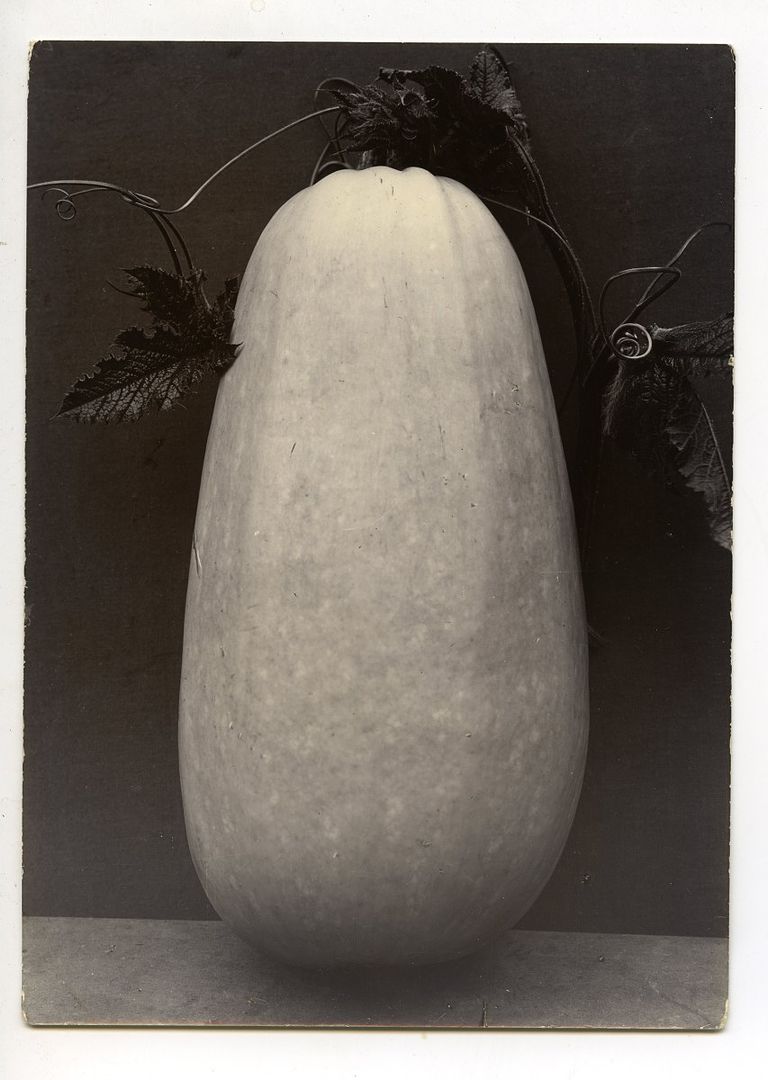
And there is this poignant mention of possible professional ambitions from Spitalfields Life: “A sole advert in Popular Gardening exists offering to photograph people’s gardens for half a crown, suggesting wider ambitions, yet whether anyone took him up on the offer we do not know.”
From the Drawing Room Gallery press release:
“Jones’ tenure may have been a mere blip in the history of a centuries-old English country house, but because of his labor in its gardens, and through his photographs of the literal fruits of those labors, Ote Hall has become an accidental grace note in the history of photography.”
There doesn’t appear to be any biographical details available beyond 1910, and during the intervening years before his death, but in my own mind I already see Daniel Day-Lewis as the lead role in the movie of his life, directed by someone unconstrained by lack of biographical details (Wes Anderson maybe?)
From Spitalfields Life:
“When he died in Lincolnshire in 1959, aged 92, without claiming his pension for many years and in a house without running water or electricity, almost no-one was aware that he was a photographer.”
There is of course the implication of tragedy here, because Charles Jones the photographer died unknown. But what could possibly be considered tragic about a life fully immersed and expert in the slow arts of gardens and dark-room photography? (Apart from the lack of plumbing, of course.) Even if he eventually abandoned photography, as long as those exquisite senses did not fail him, even the simple act of growing a perfectly formed carrot must have been a continual source of bliss.
Robert Flynn Johnson, Curator Emeritus, Achenbach Foundation for the Graphic Arts, the Fine Arts Museums of San Francisco:
“The strength of Jones’ photographs is in the subtlety of his arrangement, lighting and focus. They do not have the decorative artsiness of the Edwardian age in which they were created. Instead, his works anticipate the modernism of painters like Charles Demuth and Giorgio Morandi and photographers such as Edward Weston and Karl Blossfeldt without the attendant formalism of twentieth century aesthetics. The photographs of Charles Jones have a simplicity, like Shaker furniture, that is spare and direct.”
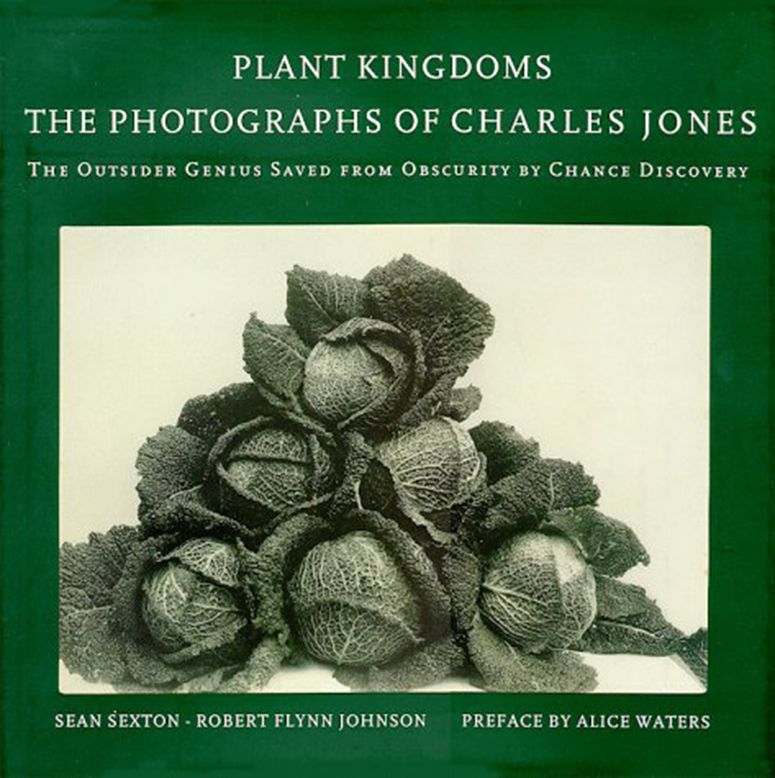
Sean Sexton and Robert Flynn Johnson have co-authored “Plant Kingdoms: The Photographs of Charles Jones,” released in 1998. Alice Waters wrote the preface to the 2016 edition.
Also see “The Posthumous Fame of the 19th Century’s Greatest Vegetable Photographer” — Hyperallergic
“Famous British Botanical Photographers,” Botanical Art & Artists
